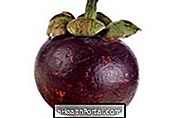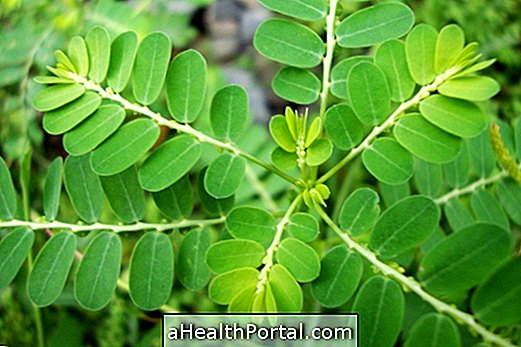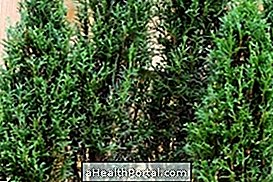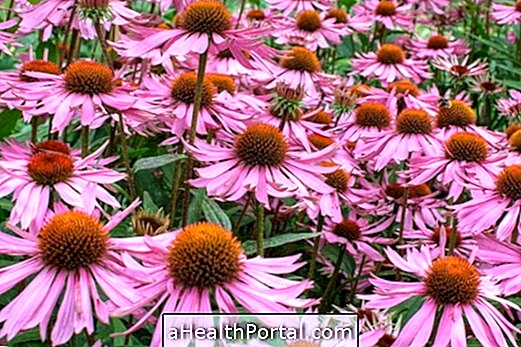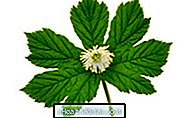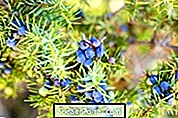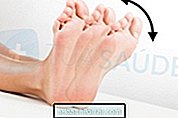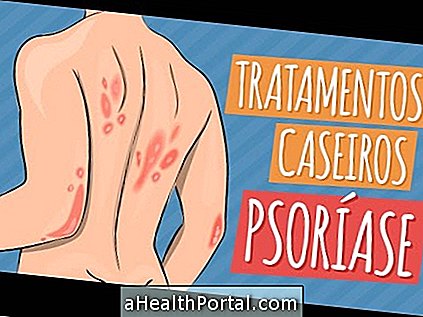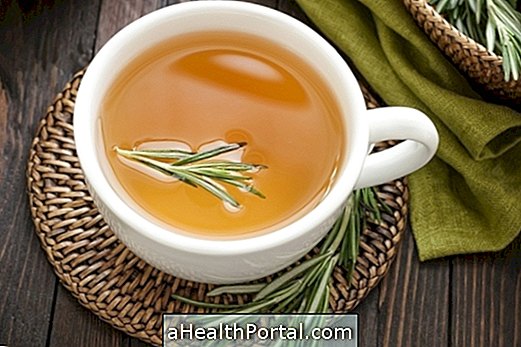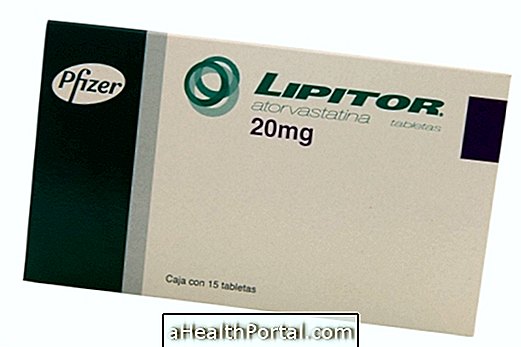Rosemary is a medicinal plant known for its antiseptic and antimicrobial properties and is therefore a great option for the treatment of wounds and skin problems such as athlete's foot, impigens or white cloth.
Its scientific name is Lippia sidoides, and its leaves and flowers can be used in the preparation of teas, tinctures or essential oils. This medicinal plant can be bought in natural products stores, manipulation pharmacies or free markets.
What is rosemary
This medicinal plant can be used in the treatment of various problems, such as:
- Helps in treating skin problems such as athlete's foot, impigens, white cloth or scabies for example;
- Eliminates bad odors, helping to stop the smell of cholé and sweat;
- It helps to treat inflammations in the mouth and throat, including canker sores.
In addition, this medicinal plant can also be used in the treatment of scalp problems such as dandruff.
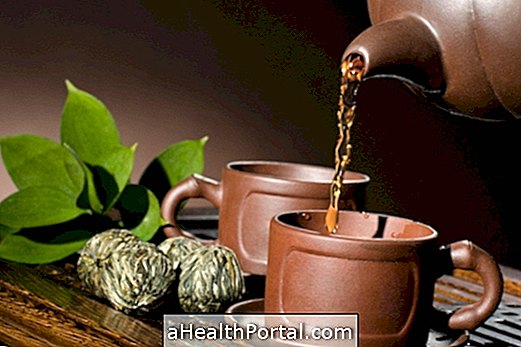
Properties of Rosemary
The properties of Alecrim-pepper can include antioxidant, antiseptic, anti-inflammatory, antimicrobial and antifungal action.
Mode of Use
Generally, the leaves and flowers of Rosemary-pepper are used in the preparation of homemade teas and tinctures. In addition, in markets or stores of natural products can also be found for sale the essential oil of this medicinal plant.
Rosemary Tea
The tea in this plant has antiseptic and anti-inflammatory action and is therefore a great option to treat inflammations in the mouth and throat, skin or scalp problems. To prepare this tea you will need:
- Ingredients : 1 teaspoon of leaves or rosemary-pepper flowers;
- How to prepare : put the leaves or flowers of the plant in a cup with boiling water and let it stand for 10 to 15 minutes. Coar before drinking.
It is recommended to drink 2 to 3 cups of this tea per day as needed.
In addition, the tea or tincture of this plant, when diluted can be used to gargle or apply directly on the skin or scalp, facilitating the treatment of impigens, white cloth or dandruff, for example. Here's how you can prepare a homemade tincture of this plant in How to Make Dye for Home Treatments.
